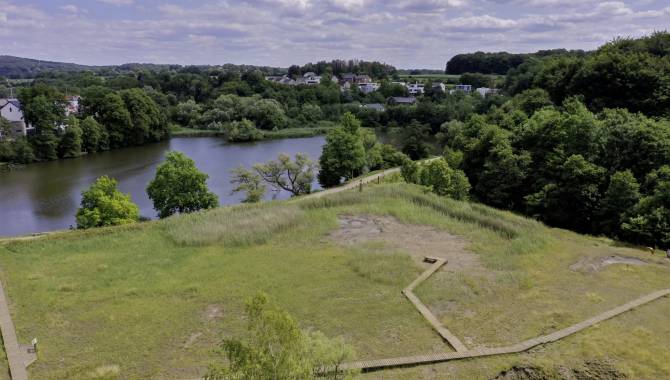Casino pond and Altenberg conservation area
1/10



Photo: 6 kelmis casinoweiher naturschutzgebiet altenberg 01 c christian charlier , CC BY ,East Belgium Tourist Agency NPO

Photo: 6 kelmis casinoweiher 01 c christian charlier , CC BY ,East Belgium Tourist Agency NPO

Photo: 6 kelmis casinoweiher 03 c christian charlier , CC BY ,East Belgium Tourist Agency NPO

Photo: 6 kelmis casinoweiher 10 c www.ostbelgien.eu dominik ketz , CC BY ,East Belgium Tourist Agency NPO

Photo: 6 kelmis naturschutzgebiet altenberg 02 c christian charlier , CC BY ,East Belgium Tourist Agency NPO

Photo: 6 kelmis naturschutzgebiet altenberg 13 c oliver raatz interreg efre , CC BY ,East Belgium Tourist Agency NPO

Photo: 6 kelmis naturschutzgebiet altenberg 09 c christian charlier , CC BY ,East Belgium Tourist Agency NPO

Photo: 6 kelmis galmeibluete 01 c oliver raatz interreg efre , CC BY ,East Belgium Tourist Agency NPO

Photo: 6 kelmis naturschutzgebiet altenberg 01 c christian charlier , CC BY ,East Belgium Tourist Agency NPO

Photo: 6 kelmis naturschutzgebiet altenberg 12 c oliver raatz interreg efre , CC BY ,East Belgium Tourist Agency NPO










Description
The casino pond and the calamine tip at Altenberg are relics of the ore mining activities that took place around Kelmis in the 19th century. Today, the area is a popular destination for excursions and a conservation area. The ore-bearing soils from the mines around Kelmis were first washed with water from the Göhl. But since the stream did not actually have enough water in it all the time, the casino pond was created as a reservoir by means of a dam on the Tülje stream in 1862. The 'casino', which was available to the managerial staff of Vieille-Montagne for their leisure activities and gave the reservoir its name, was on its shore. At the foot of the building, there was a jetty with a bathhouse, still visible today. The mining tip, over which a footpath runs today, has been widened over the years with soil separated from the ore by washing. Over time, some specialised plants have settled in these soils, which contain a relatively high proportion of heavy metals: calamine violet (Viola calaminaria), calamine penny-cress (Thlaspi calaminare), a species of Armeria (A. halleri), a species of Festuca (F. aquisgranensis), and a species of sandwort (Minuartia verna). They make up the zinc flora (calamine meadows) or 'society of zinc-loving plants'. It may be assumed that in the dim and distant past, these plants, now protected, gave people a clue as to where ore-bearing soils might be found.
Carte
Casino pond and Altenberg conservation area
4721 Kelmis